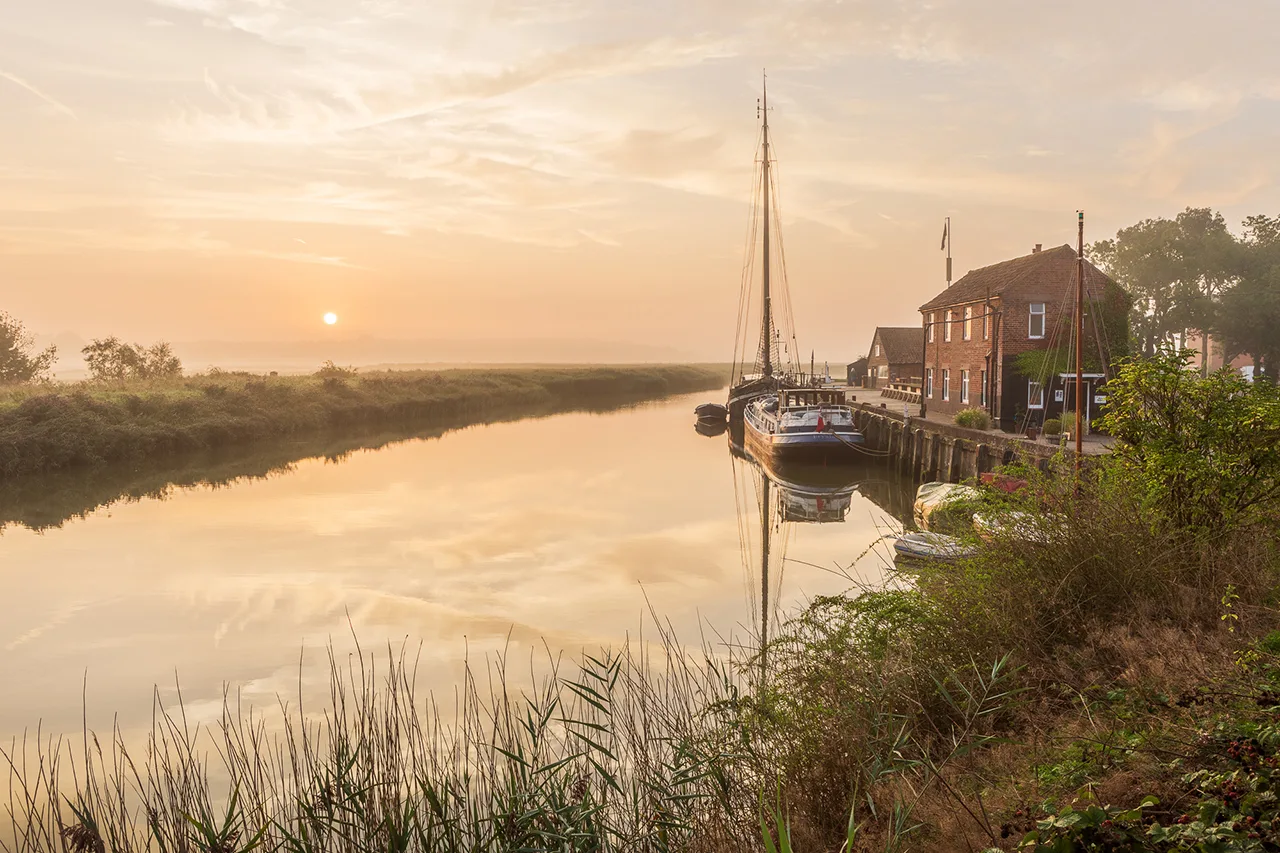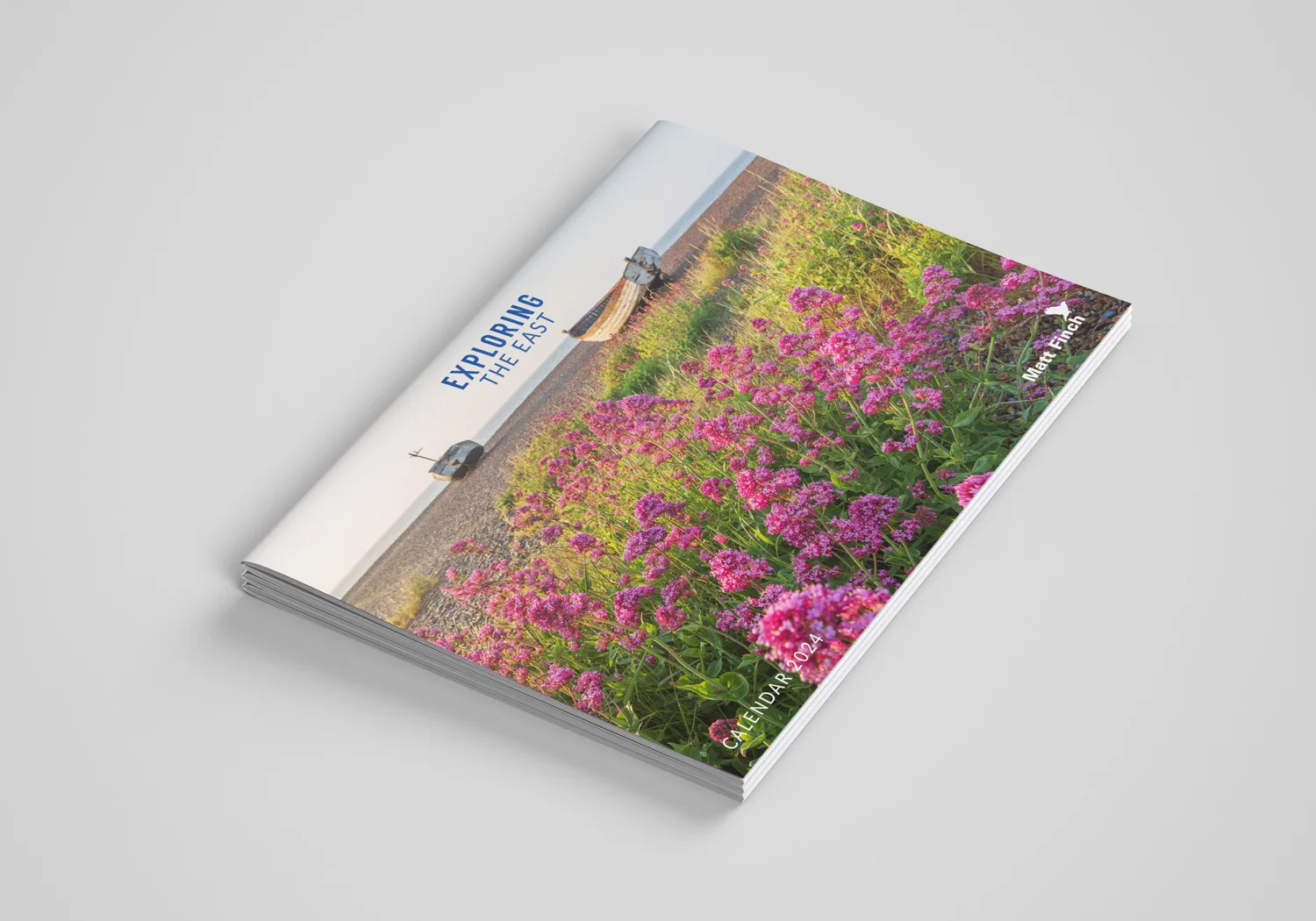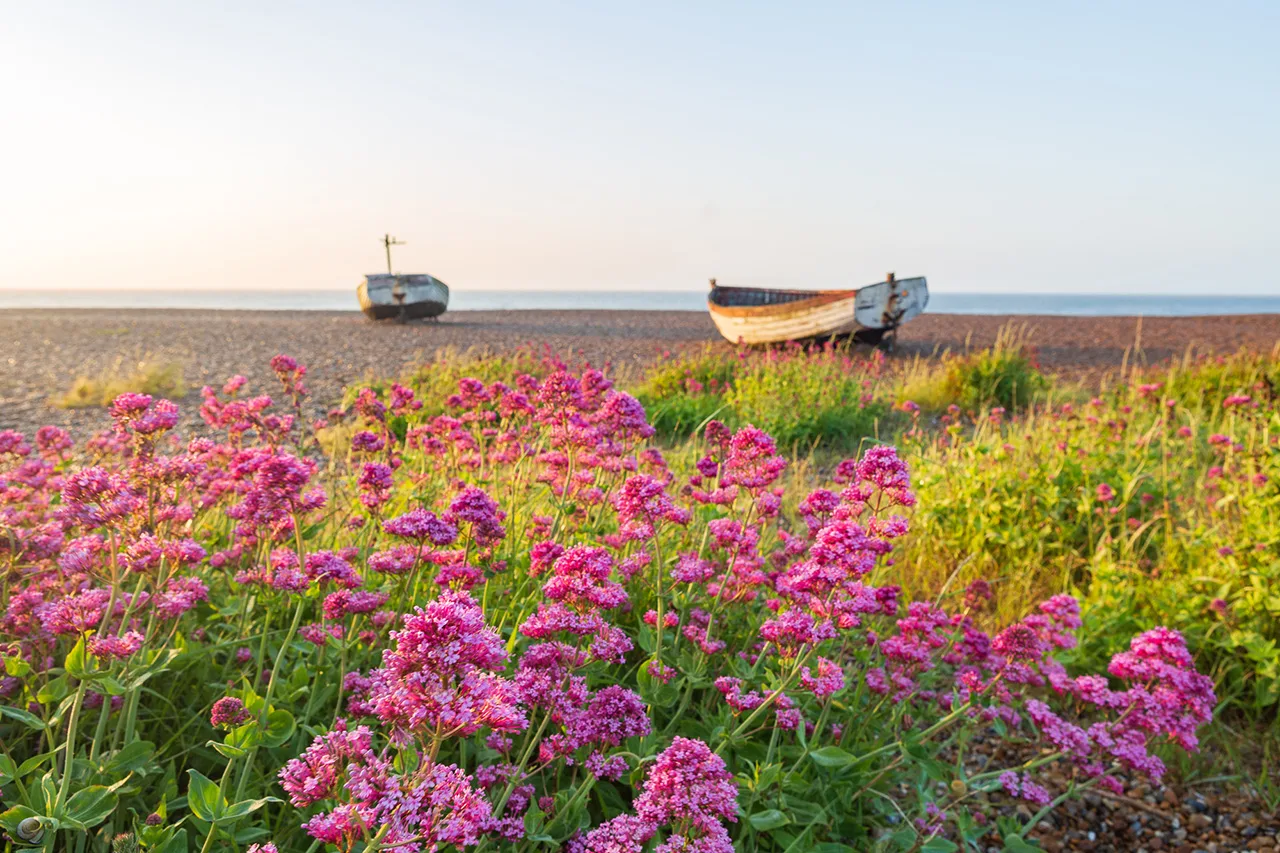
Complexity of the Calm: Revisited
To enter a wood is to pass into a different world in which we ourselves are transformed. It is no accident that in the comedies of Shakespeare, people go into the greenwood to grow, learn and change. It is where you travel to find yourself, often, paradoxically, by getting lost. Roger Deakin - Wildwood
From a young age, I have been visiting local forests and woodlands. We are quite lucky here in Suffolk to have a number of different types, from ancient woodlands to commercial plantation pine forests and they offer all manner of opportunities to explore them.
I have a distinct memory of getting up early to look for the deer in Rendlesham forest with my Grandparents when we stayed in Tangham forest campsite. That feeling of exploring is something that will never tire, as you journey around a woodland while the world is still asleep it’s just great. More often than not, humans are asleep at this moment but the wildlife isn’t. As you get to the edge of a forest, the dawn chorus, the sound of creaking trees and the dew on the leaves all add to the layers of this magical mysterious world.
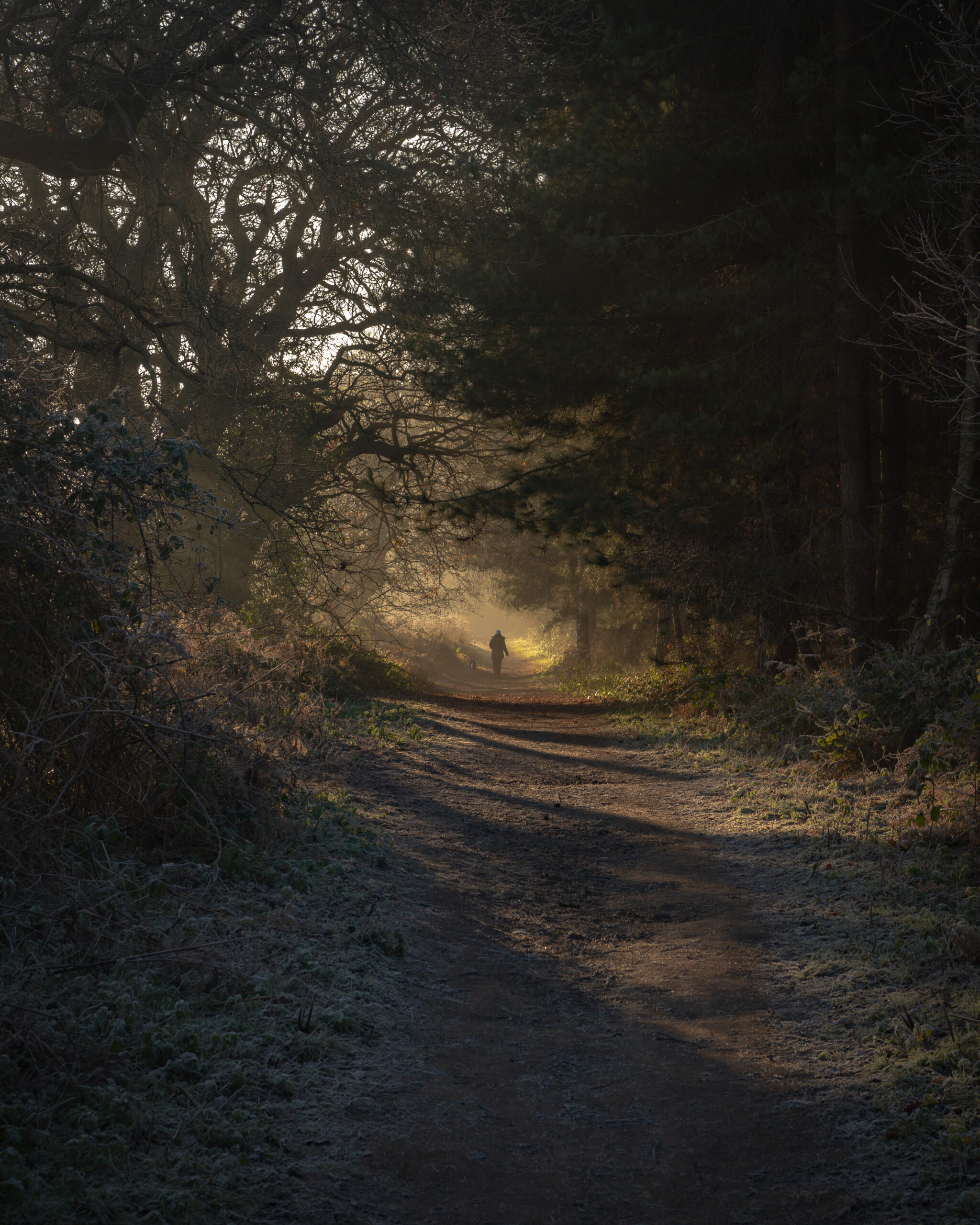

The Original Blog
Back in 2018, I wrote a blog called the Complexity of the Calm. I spoke about how a woodland is such a complex place, but still so calming. It’s one of those places that can be centuries old and home to so many different species.
I still have the same feelings on its complexities both biologically and visually. With layers of habitats and visual stimulation. It can be one of the most complex and chaotic places to photograph, but there is this sense of there is more around you and natural feeling of calm. I have been exploring them more in the last few years.
Previously, I talk about how it changes the pace of my photography and it still does. Back then I wouldn’t say I was an accomplished woodland photographer and still don’t claim to be. Although I have certainly got a better idea of how to approach a woodland while photographing it.
In comparison to coastal photography the pace is slower, when you’re racing against the rising tide, the changing skies and the breaking of dawn. You have to be so much more prepared to slow down in a woodland; to watch the light as it moves through the tree canopy and to react to the conditions as they change. In my opinion, when taking photos on the coast, finding compositions can be easier. It’s not as if it’s all on a plate but the opportunities can be easier to find.
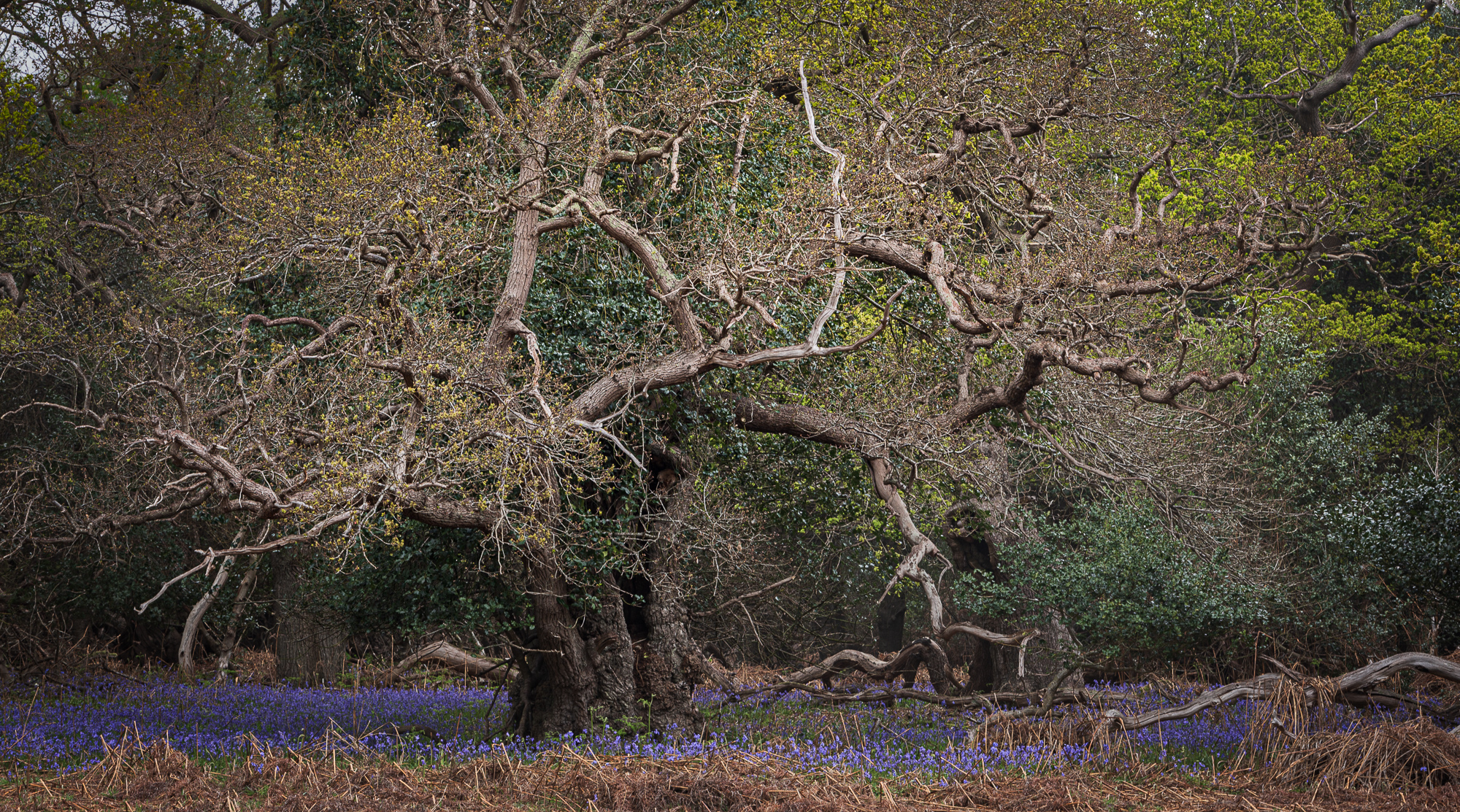

Scouting
Being in woodland can be deceivingly challenging and I think that’s why it forces you to slow down. Yes I would say if you’re rocking up at a new location there is chance of seeing a few compositions and getting some good shots, but more often than not the it can take a number of visits to get an idea of the best compositions the location deserves. Some of the woodlands I have been exploring are ones I’ve been visiting for a number of years and I’m still finding new things as I walk the same paths. These are places I know I’ll keep visiting with a photographic mindset, as well as one of awe and peace.
Scouting: The Process
Depending on where I’m going, one of the key things is being prepared. If it‘s a new woodland then its key to not put too much pressure on the composition scouting. A first outing in any place can be a challenge. Due to us having to familiarise ourselves with the surroundings.
One trick I’ve found helpful, is to get my first photo out of the way. Almost the same way an artist should muddy their first canvas. To remove the fear of ruining a white blank sheet. Yes more often than not the first image isn’t the best, but it almost clears that excuse that we are ‘not feeling it’. I do this as much as I can, whether I’m on the coast, in the middle of a forest or on the rivers edge. I recommend this as a way of removing that barrier to not taking photos which can an easy excuse.
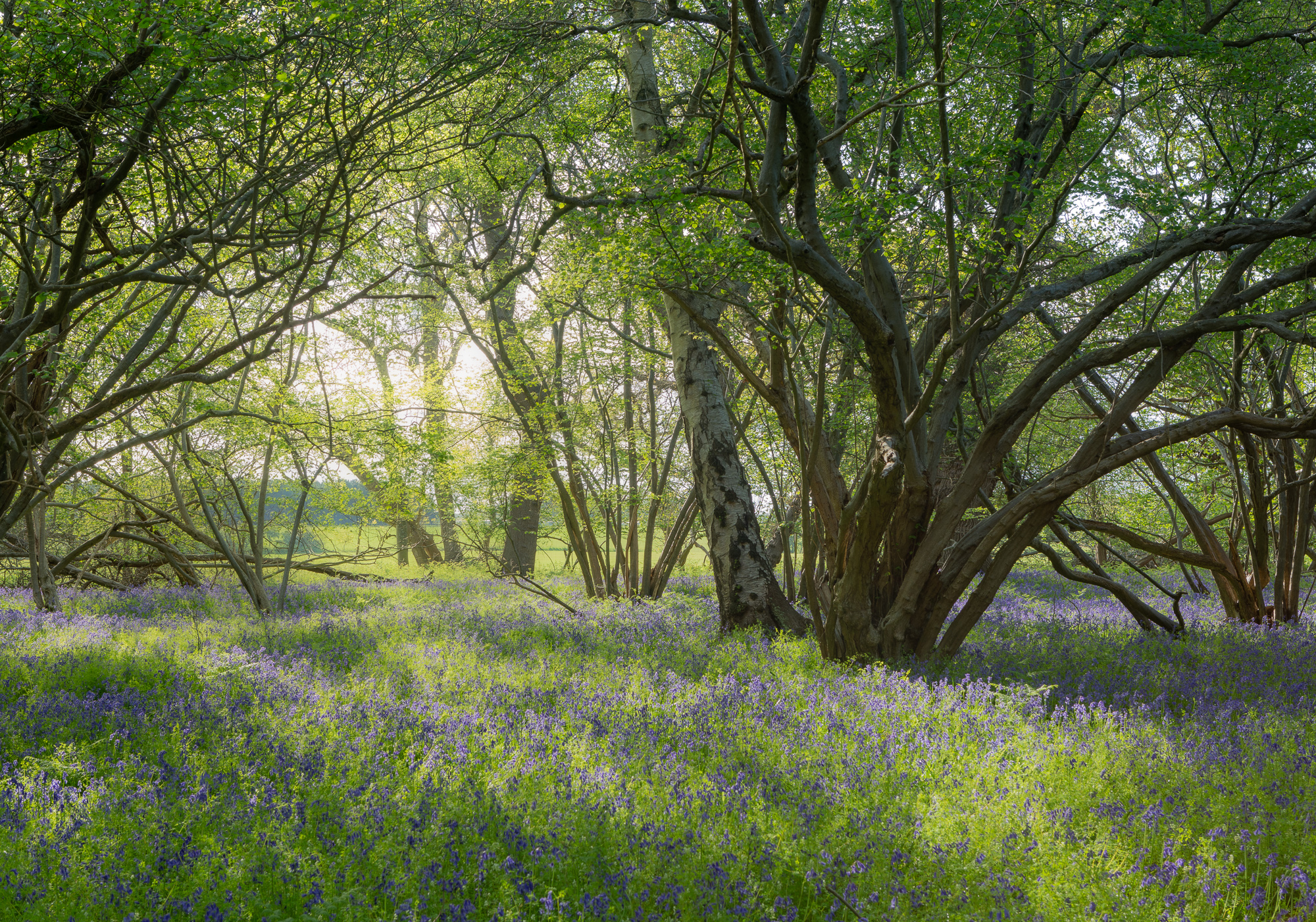

What conditions are good for a woodland photograph?
I could name all of the weather forecasts under the sun. But I still think that there isn’t a right or a wrong in terms of conditions. It’s how you understand the light and the way things like sun, mist and rain all can change an image. Things like mist can help you add some separation between the subjects. Bright early morning sun just peeping over the horizon can offer a light that will hit some parts of the wood. While others still remain in a darkness and rain can seem to make greens look greener.
Personally, I have been able to build up a better understanding of how light works in a woodland. How mist may just creep into the tree line. How the seasons can change the way an image could look. The latter is the one that can be easier to learn the change in conditions, because it happens every year. At around the same time so you can be pretty sure it will be different.
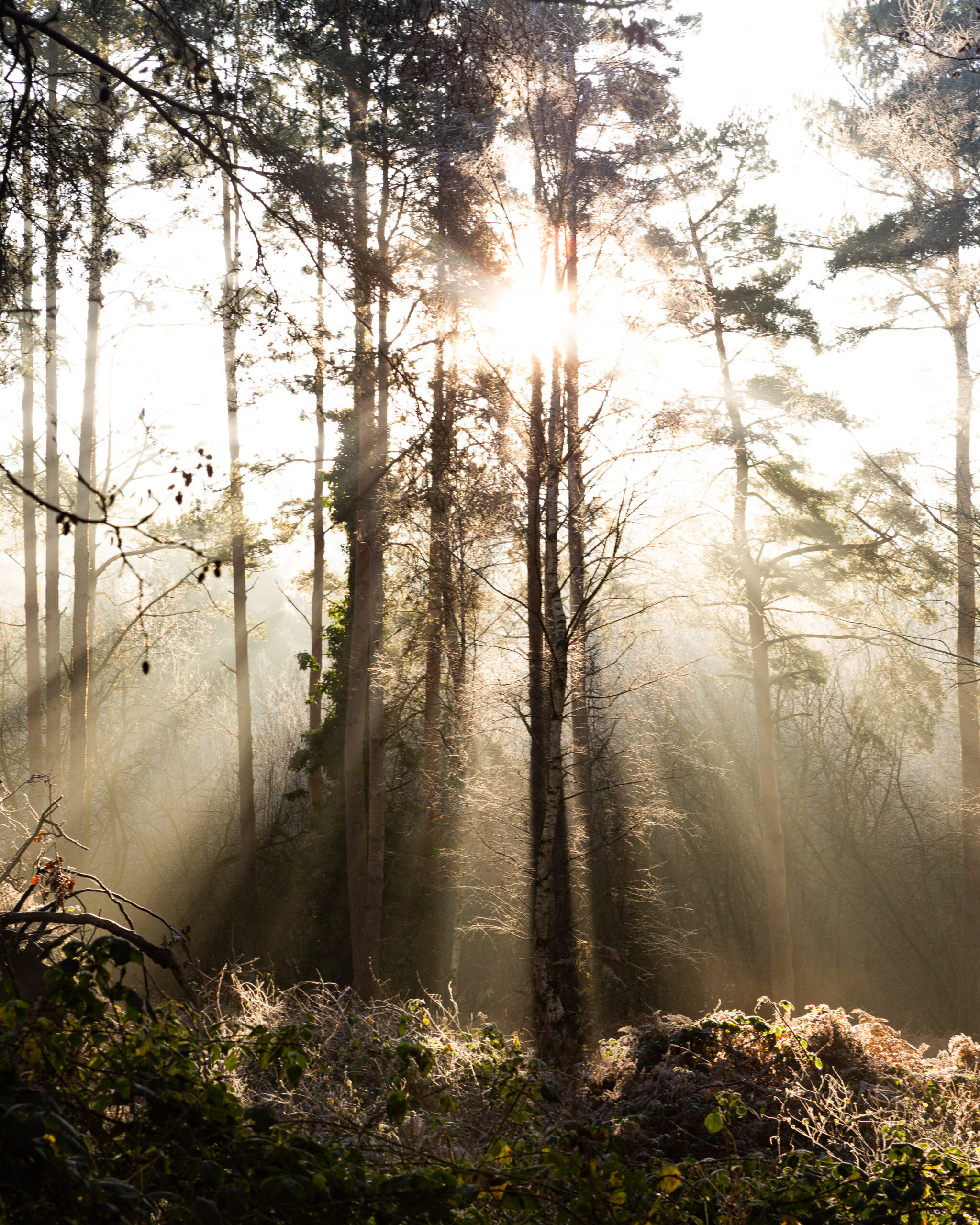

A Constant Exploration
For example, there is a small patch of woodland, I have been visiting for around 5 years in all conditions, all seasons and at all times of the day.
It has a mixture of commercial pine forest and some trees that look like they have self-set. With faster growing silver birches, older oaks and beech trees. I have seen the way the conditions can make it a very different place to photograph on each occasion. There is a body of water near the back end of the wooded area, and this has been a source of some my favourite images. I have seen it in the bright midday sun, at sunrise, sunset and cloaked in mist. Some images I have revisited because they didn’t work on my first attempt and others I find new as I have explored it more.
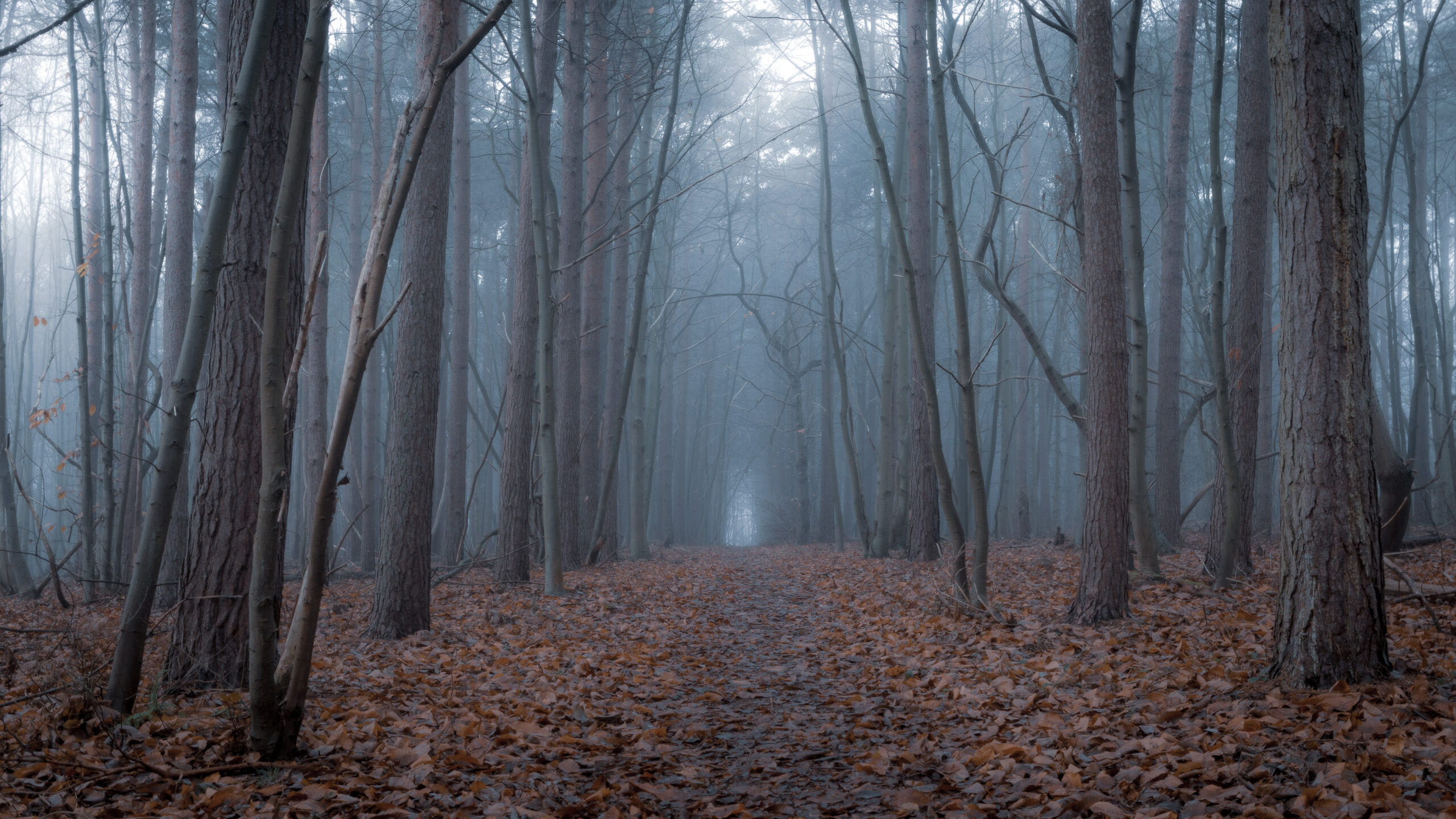



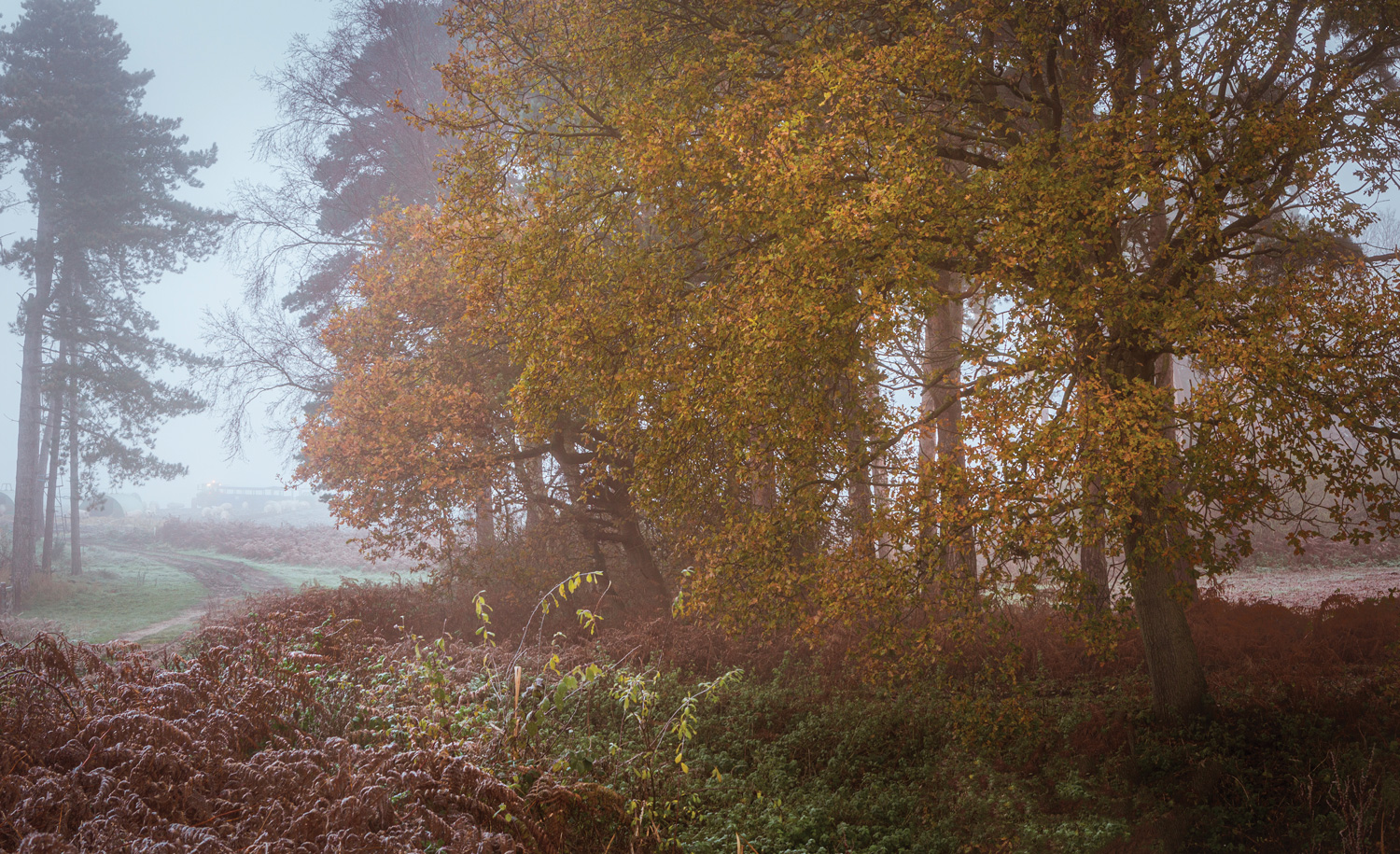

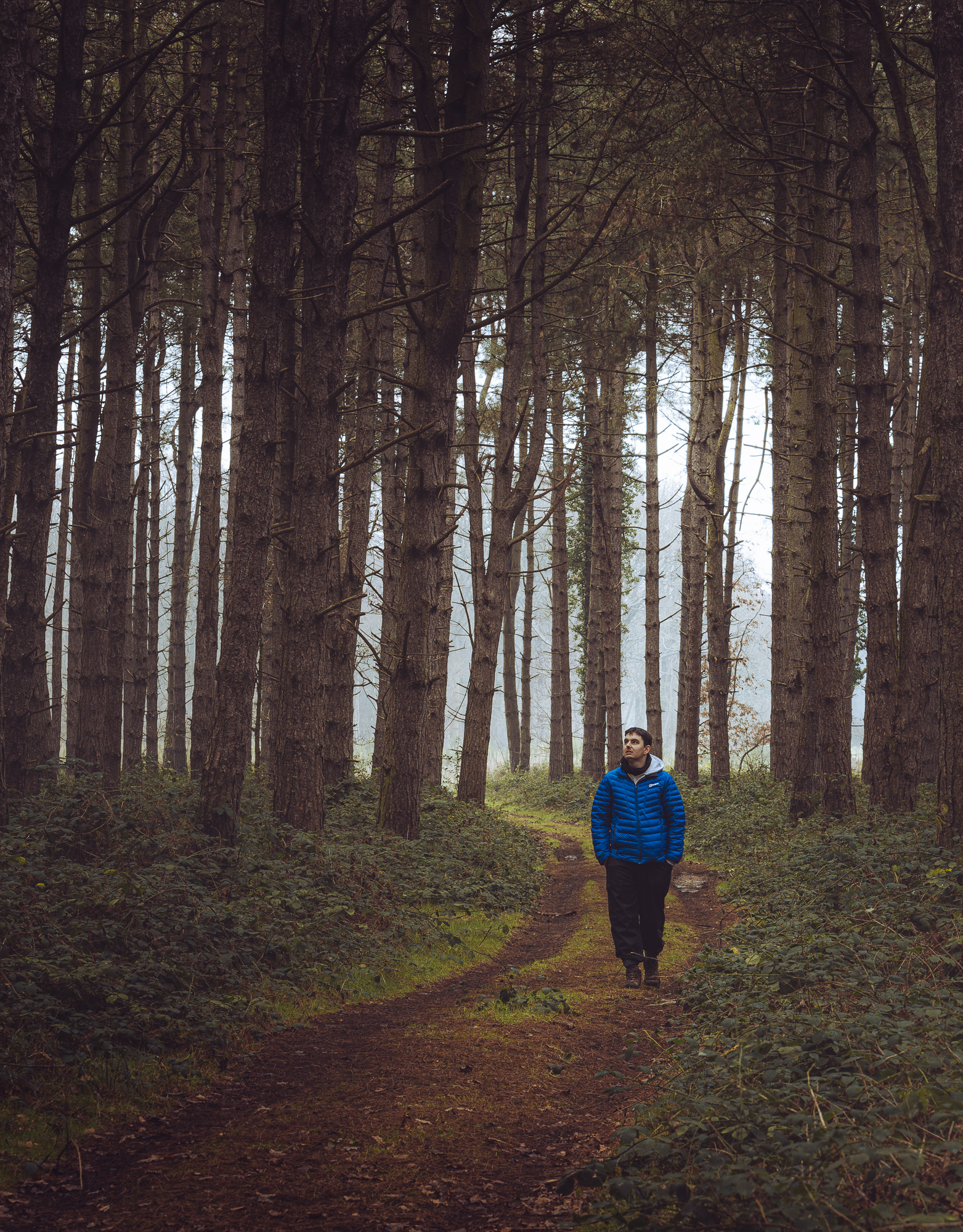

What have I learnt from this one location?
Sometimes you have that subject, and the location; but the conditions are not great. It takes that preparation to work out what the best composition could be. Having some forethought to look for the potential of a good shot in the future. Even if you get the composition planned and pre shot so you can head back with the right conditions, it can you help to shoot a image that your proud of. I can tell you now, it will pay off when you get those conditions you want.
Subject Matters
Looking for dominant subjects within a woodland, while finding compositions can be a good starting point to capturing an interesting image. Although it might look like a good tree, rock or pathway. You also have to consider what the conditions are, and this is where you may have to pre-plan for another trip.
Trees are the obvious choice for a subject. They can be the main reason for going to photograph a woodland. But often they don’t have to be the main subject. You will be able to find other areas and subjects that can be the main focal point. with trees being a secondary part of the composition. Give a frame or context to the image. So don’t just focus on a tree and stick with that. Flowers like bluebells and wild garlic in the spring. The russet leaves of the can add in a good option in terms of subject matter.
One example is a pond, it adds a little more depth to photograph. The chance of reflection, the mist rising from the surface.
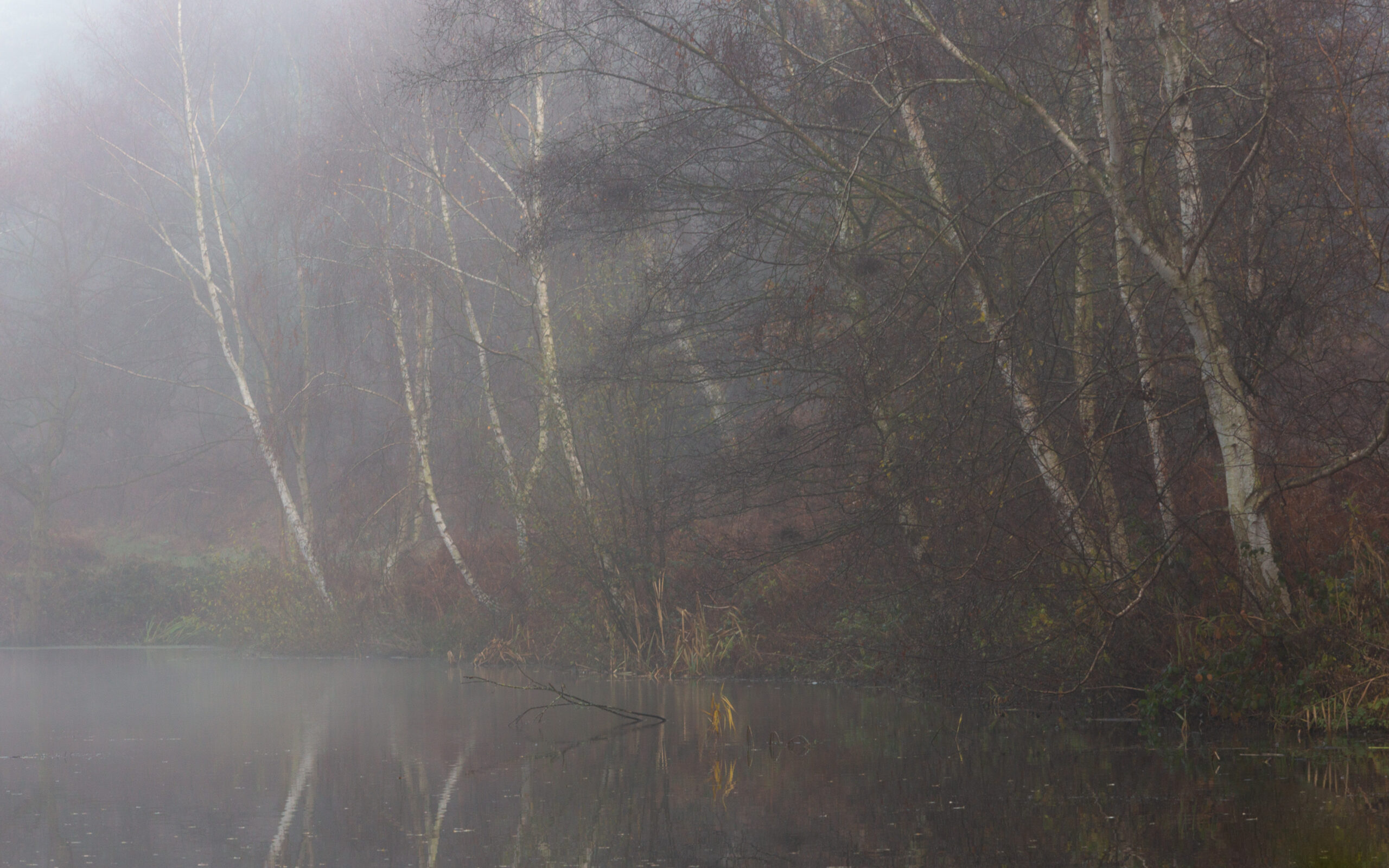

So, why is it complex?
I have heard a lot of photographers say ‘I’m not a woodland photographer’. Yes I would have been that person before. Taking the obvious image, looking down the middle of a row of trees, or an interesting tree. But it can be so complex to see a ‘clean’ composition. Some of the best images use a subject matter, but embrace the chaos that is around. The complexity comes down to finding a way to get the viewer to keep looking around the final frame, finding those little elements of the whole image just as you would while walking around.
Embrace those more complex images, I have an example of one below. Where it feels so complex, but the image just feel right. The colours and the light help the viewer to move around the image.


Enjoy it!
Take time to breath in while you are out, take your time to stop and look around. People have been exploring woodland for years and all over the world. In Japan they have ‘shinrin yoku’ or as it is known in the western world as ‘forest bathing’. While photographing a woodland it can be a similar process. I will say it has been good to get in a woodland and just soak the air in. As you take your time in effect you are bathing in the forest, the wildlife and the sounds.
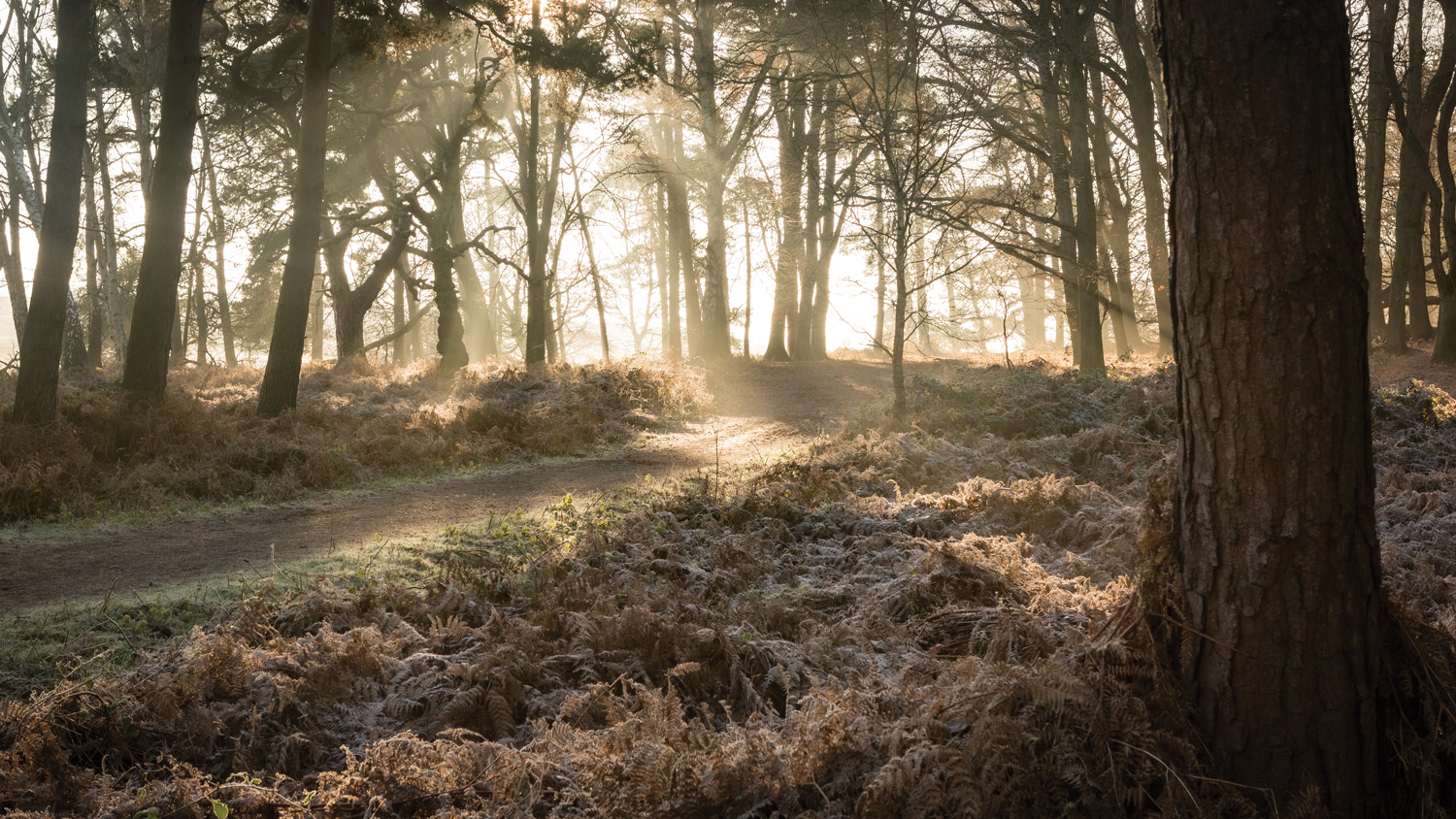

Do go and check out my collection of images on my woodland gallery.
The woodland is calmingly complex but so wonderful to explore. I have gained so much from just walking around a woodland or forest. Thank you for reading.
If you would like to find out even more about my process or would like me to answer any questions then do get in contact. I’m always happy to help people in there understanding of woodland photography.
Disclaimer: Although the images are taken in public spaces, open access land and others are private land. I won’t be saying where the exact locations are. I don’t feel it is right to place unnecessary strain on the habitat. Though these can all be found via OS maps, google and may take a bit of research.
No Comments
Sorry, the comment form is closed at this time.



